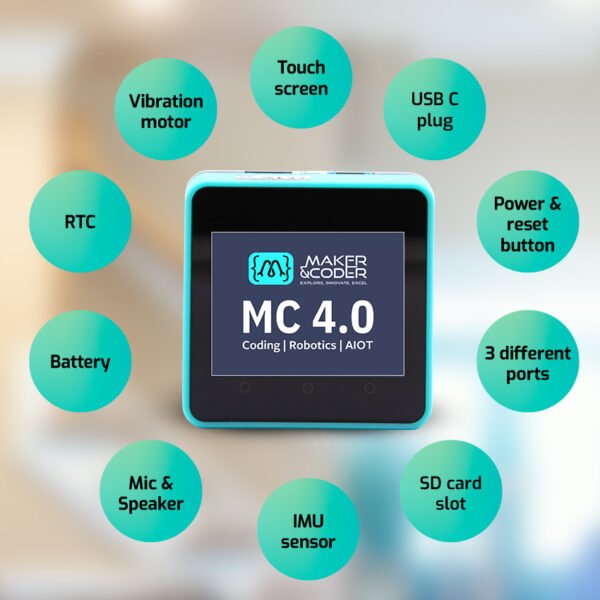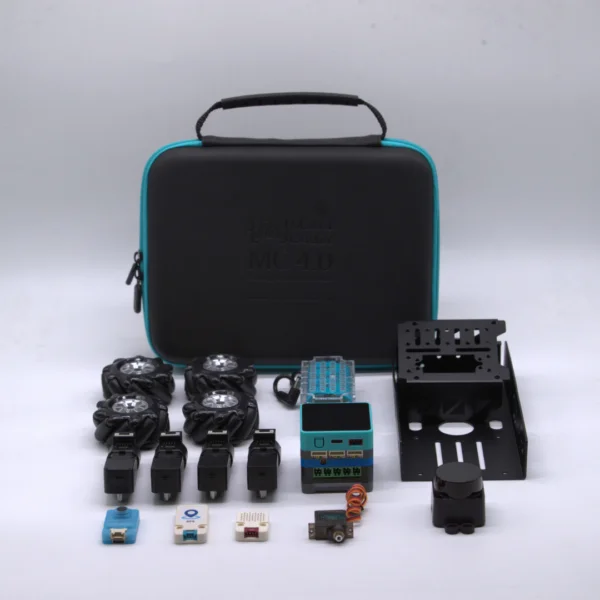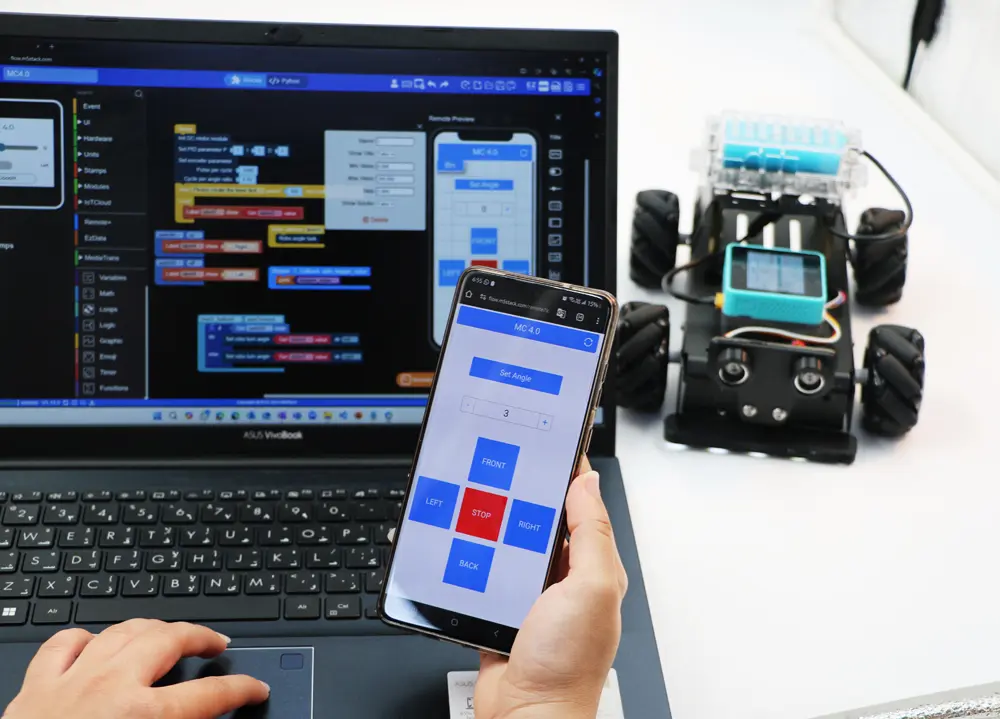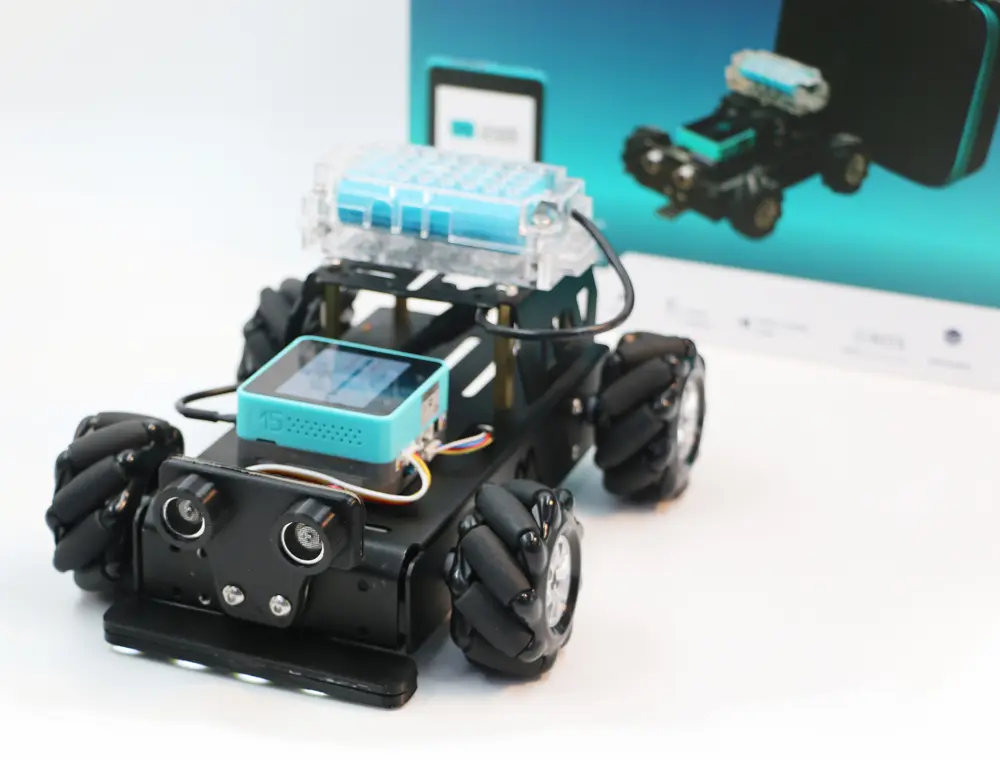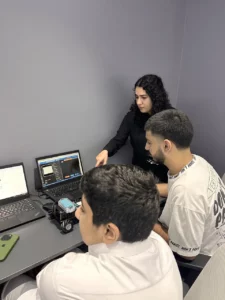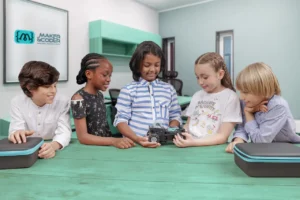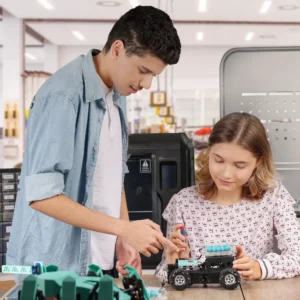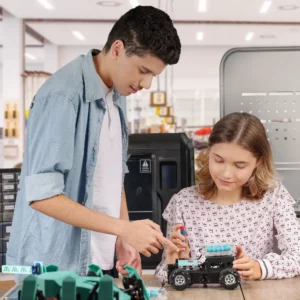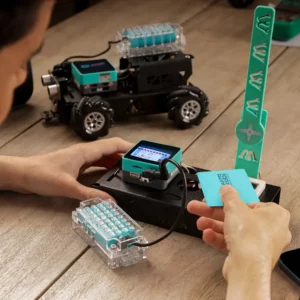In today’s rapidly evolving world, the importance of creative problem-solving skills cannot be overstated. One educational approach that has shown to significantly enhance these skills is robotics education. This blog will delve into how robotics education fosters creative problem-solving abilities in learners of all ages.
What is Robotics Education?
Robotics education involves teaching students the principles of designing, building, and programming robots. This multidisciplinary approach merges fields such as computer science, engineering, and mathematics, providing a hands-on learning experience that emphasizes problem-solving and creativity.
In today’s rapidly evolving world, robotics is no longer a futuristic concept but an integral part of education. Schools and institutions around the globe are incorporating robotics education into their curriculum, recognizing its importance in preparing students for the future. One of the key benefits of robotics education is its ability to enhance creative problem-solving skills. But how exactly does this happen, and why is it so important?
Teaching students how to design, build, and program robots requires a hands-on approach that engages students in STEM (Science, Technology, Engineering, and Math) fields. This method not only helps students understand how technology works in real-world applications but also cultivates valuable skills such as critical thinking, innovation, and teamwork. Integrating First Robotic Kits into Curriculum emphasizes the practical application of theoretical knowledge, equipping learners with a robust problem-solving toolkit.
The Role of Robotics in Enhancing Creativity
When students work with robots, they are often faced with open-ended challenges that require out-of-the-box thinking. By experimenting with different approaches and learning from failures, students develop a creative mindset that is essential for problem-solving.
Robotics presents students with challenges that require them to think outside the box. Building a functional robot involves understanding mechanical and programming components, but more importantly, it involves creative thinking to overcome obstacles. This fosters an environment where students can experiment, fail, and learn through trial and error, developing resilience and innovative approaches to problems.
Solving problems in robotics often requires integrating knowledge from various disciplines—physics, mathematics, computer science, and even art and design. By working on robotic projects, students learn to apply these concepts in new, creative ways. This cross-disciplinary integration encourages students to view problems from multiple perspectives, enhancing their ability to come up with creative solutions.
Programming robots requires students to think logically and step-by-step. While creativity might seem to be at odds with logic, the combination of these two skills in robotics education builds a powerful toolkit for solving problems. Students develop the ability to break down complex challenges into manageable pieces, which they can then address in creative ways.
Hands-On Learning and Engagement
Robotics education is highly engaging because it involves active participation. Building and programming robots requires students to apply theoretical knowledge in a practical context, making learning both fun and meaningful. This hands-on approach keeps students motivated and invested in their projects.
The interactive nature of First Robotic Kits encourages students to explore and apply STEM concepts in engaging ways. These kits offer a blend of learning and play, which can keep students enthusiastic about the subject matter and more willing to take on difficult challenges.
Hands-on learning provided by robotics education makes complex subjects more tangible. This tactile approach helps students to understand abstract concepts better and fosters a deeper connection with the material. Additionally, the immediate feedback they receive when working with robots allows them to learn and correct mistakes in real-time, thereby reinforcing effective learning.
Developing Critical Thinking Skills
In robotics education, students must analyze problems, identify potential solutions, and troubleshoot issues that arise. This process nurtures their critical thinking abilities, enabling them to approach problems methodically and effectively.
Robotics education fosters an environment where students regularly engage in problem-solving activities. When tasked with building or programming robots, students must critically evaluate their designs, anticipate potential issues, and think strategically to develop effective solutions. This reflective process enhances their analytical skills and prepares them for tackling complex problems both in and out of the classroom.
Educational robotics (ER) is increasingly used in classrooms to implement activities aimed at fostering the development of students’ computational thinking (CT) skills. By dissecting a problem into smaller, manageable components, students learn to approach challenges systematically and develop a structured way of thinking, as highlighted in this study.
Collaboration and Teamwork
Many robotics projects are collaborative in nature, requiring students to work in teams. This fosters communication and teamwork skills, as students must share their ideas, listen to others, and collectively devise solutions to problems.
Robotics education offers students the opportunity to work in groups, mirroring real-world scenarios where teamwork is essential. Collaborative projects require participants to divide tasks, discuss strategies, and support one another through challenges. This collective problem-solving effort not only improves their technical skills but also boosts their ability to work effectively with others.
In working on robotics projects, students also improve their social skills. They learn the importance of active listening, respecting different viewpoints, and negotiating ideas to achieve a common goal. These foundational soft skills are essential for thriving in any professional environment.
Preparing for Future Careers
Robotics education equips students with skills that are highly valued in the modern workforce. By learning to program, design, and problem-solve, students are better prepared for careers in STEM fields and beyond. The ability to think creatively and solve complex problems is a universal asset in any profession.
To stay relevant in a rapidly changing job market, students must be adept at innovative problem-solving and critical thinking. Robotics education provides students with a competitive edge, equipping them with the technical knowledge and practical experience that are increasingly sought after by employers across various industries. Educational robotics augments traditional learning methods, fostering a comprehensive skill set that includes not just technical proficiency but also creativity, adaptability, and resilience.
Robotics education isn’t merely about preparing students for STEM careers—it’s about fostering a holistic approach to learning and problem-solving that is applicable in any field. The critical thinking, creativity, and collaboration skills honed through robotics education are versatile and valuable across all professions. Robotics for beginners can truly change the trajectory of a student’s educational journey and future career.
The Future of Problem Solving
Robotics education is much more than just an introduction to technology; it is a powerful tool for developing creative problem-solving skills. As learners engage with robots, they learn to think critically, adapt to new situations, and come up with innovative solutions to complex problems. Embracing robotics in education can thus pave the way for a generation of thinkers and doers capable of tackling the challenges of the future.

